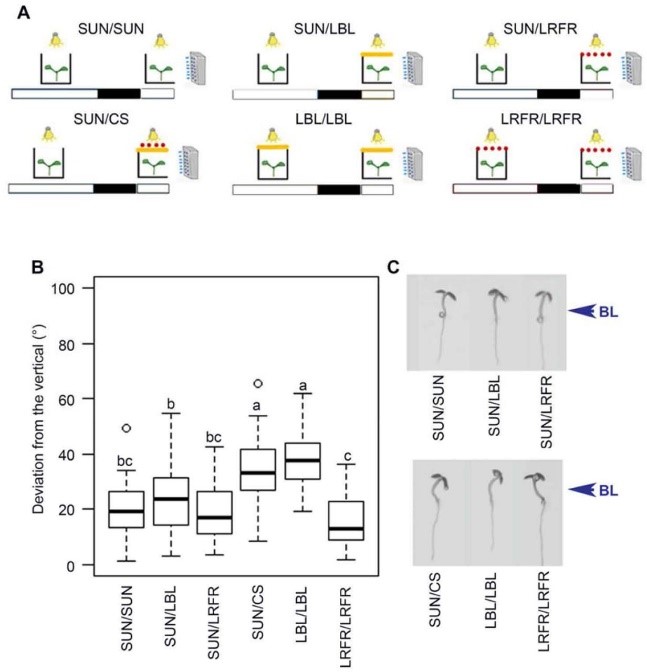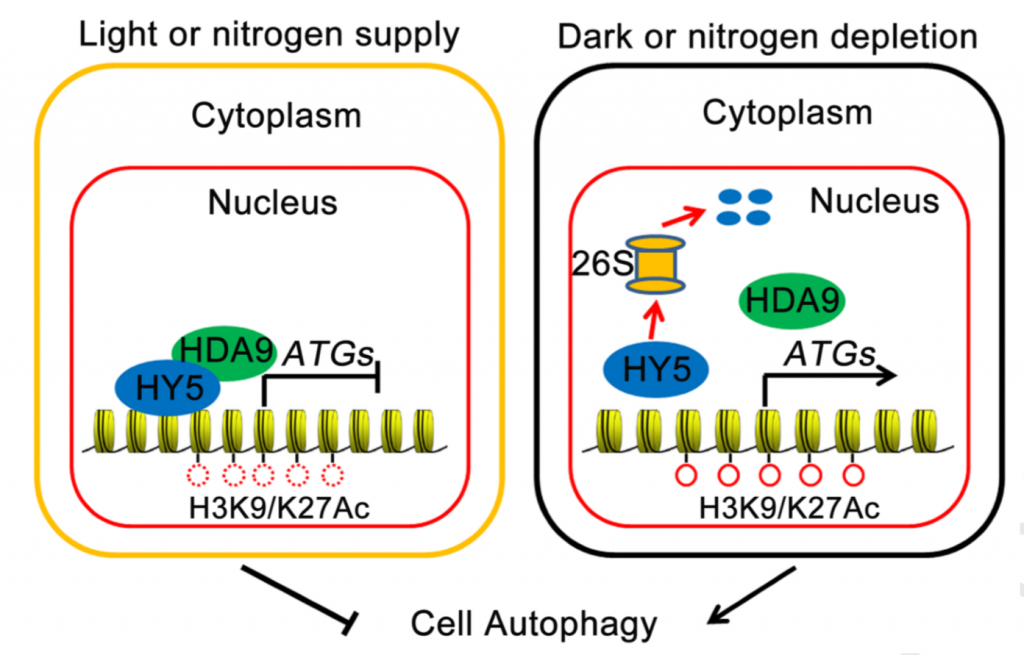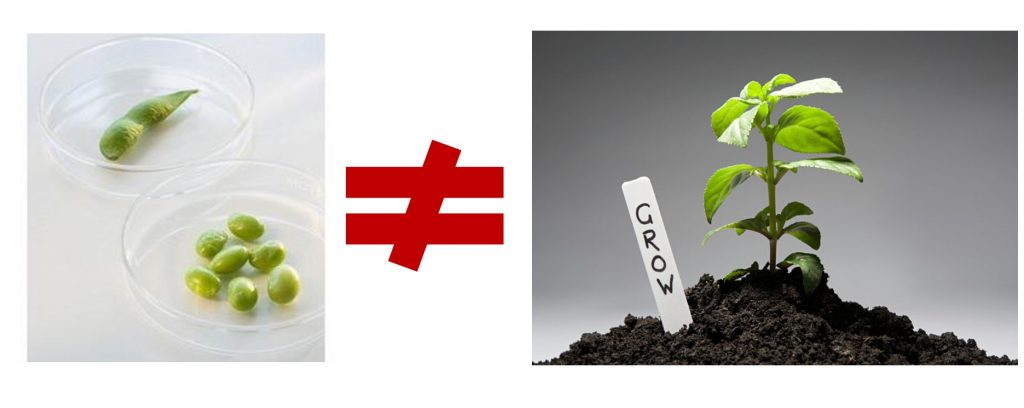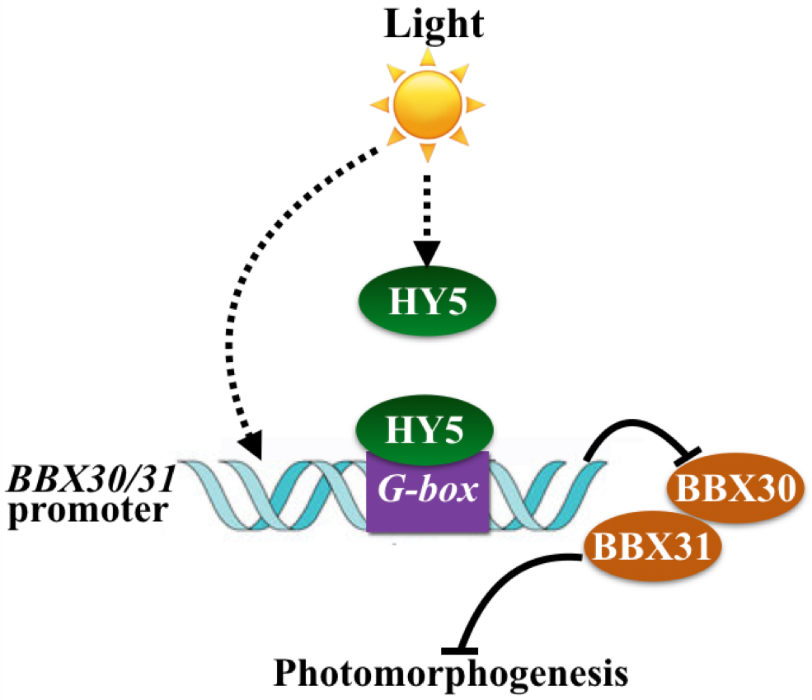
MYB30 negatively regulates photomorphogenesis by interacting with PIFs and phytochromes in Arabidopsis (Plant Cell)
Plant Science Research WeeklyPhotomorphogenesis is the growth and development of plants in response to light. The phytochrome family of photoreceptors absorbs red and far-red light, and in Arabidopsis the most abundant phytochromes are phyA and phyB. PHYTOCHROME-INTERACTING FACTORS (PIFs) repress photomorphogenesis, and under red…

AT-hook transcription factors restrict petiole elongation by inhibiting PIF-activated genes (Curr. Biol.)
Plant Science Research WeeklyThe AT-hook motif nuclear localized (AHL) transcription factor family has one or two DNA-binding motifs to bind to AT rich DNA regions, and they also have a conserved PPC-DUF domain for protein-protein interactions. AHLs affect a wide range of biotic and abiotic responses but the mechanism of how they…

In Arabidopsis, low blue light enhances phototropism by releasing cryptochrome 1-mediated inhibition of PIF4 expression (bioRxiv)
Plant Science Research WeeklyA plant’s light environment is complex and variable, but through different photoreceptors the plant can perceive its environment and grow appropriately. For example, plants respond differently in the presence of dense vegetation (leading to a low red to far-red light ratio due to far-red light being…

HY5 interacts with and recruits HDA9 to negatively regulate autophagy (Mol. Plant)
Plant Science Research WeeklyPlants activate autophagy, a cellular recycling process, to recycle useful nutrients or remove harmful items, helping them to withstand harsh conditions. Recently, Yang et al. found that HY5 is a hub connecting the light signaling and autophagy pathways. Under replete conditions (e.g., light and nitrogen-sufficient),…

To be in Petri or in soil, that is the question (Mol Plant)
Plant Science Research WeeklyFrequently, research on root growth in Arabidopsis has been carried out in transparent Petri dishes, although in the natural environment the soil-buried root actually grows in complete darkness. It is an essential question to check if experimental results reflect the natural growth of plants. It is well-known…

Two novel repressors of photomorphogenesis act downstream of HY5 in Arabidopsis (Plant Physiol)
Plant Science Research WeeklyHigher plants rely on a sophisticated photo-sensory system to cope with the vast variety of environmental stimuli. Under light conditions, young seedlings display photomorphogenic development to maxize the usage of light. Recently, YQ Heng et al. discovered two B-box containing proteins, BBX30 and BBX31,…

